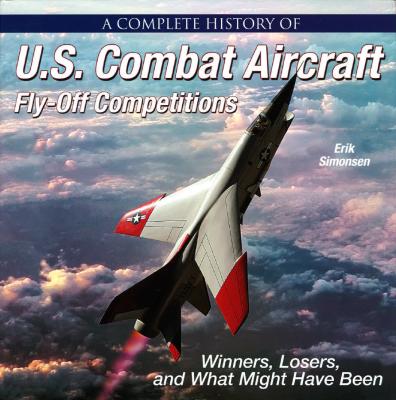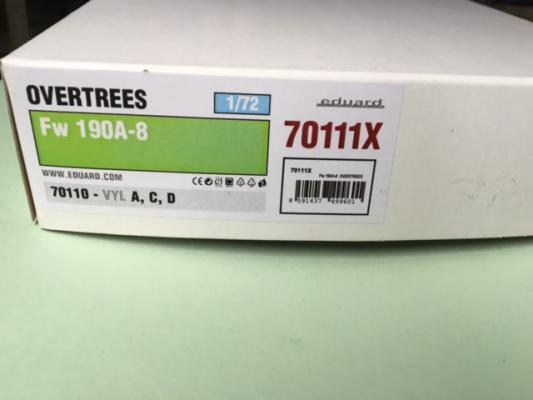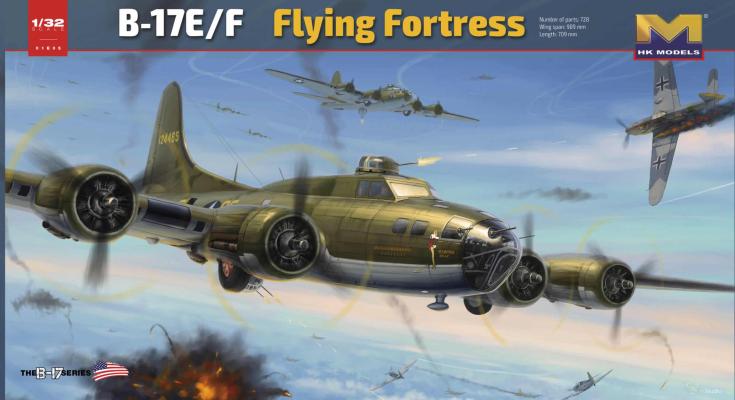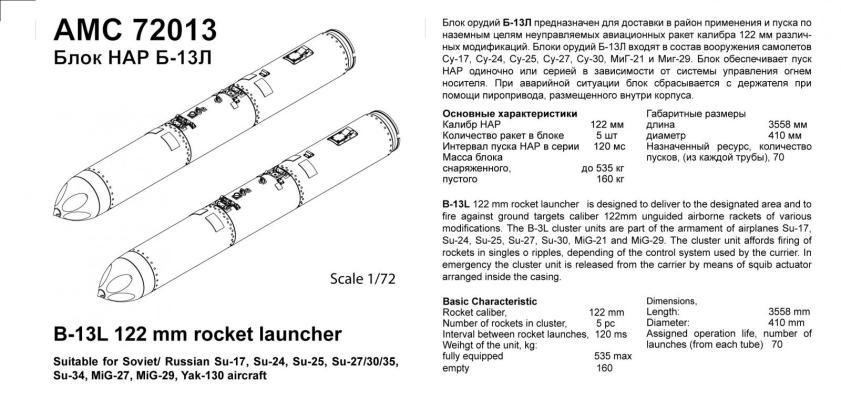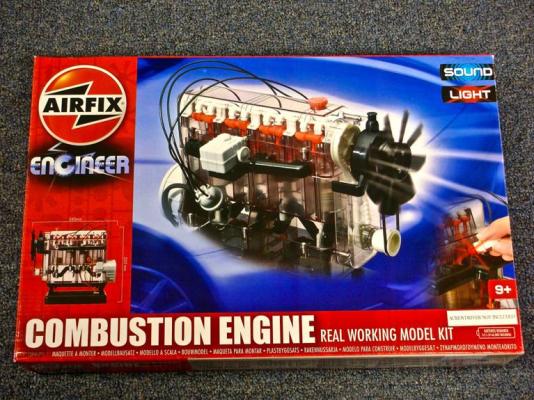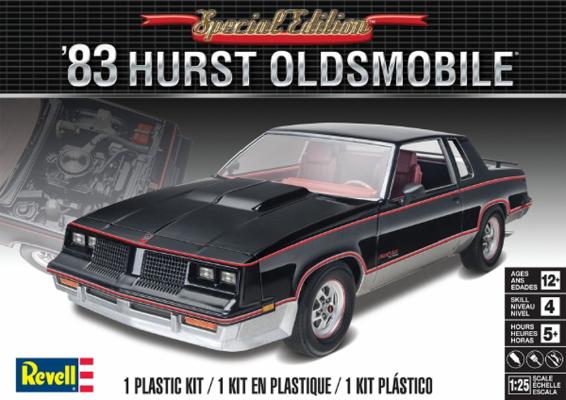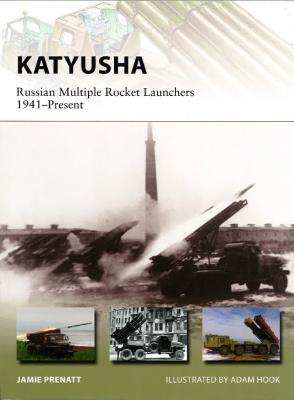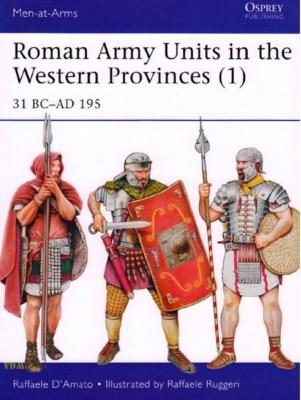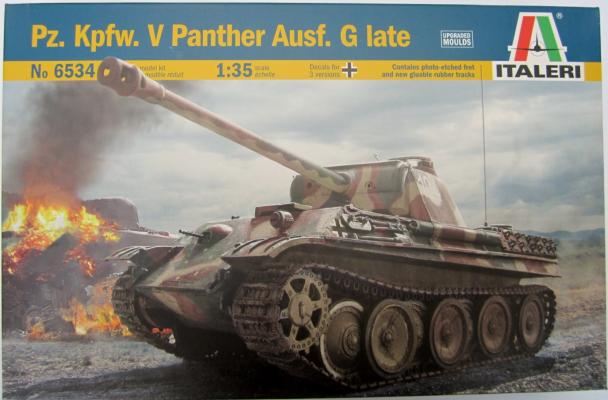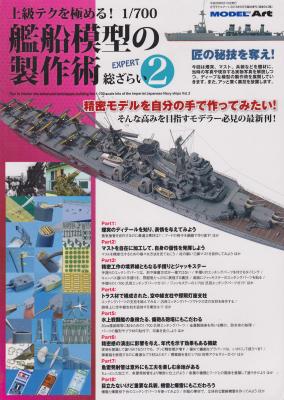Over the past 30 years Californian Erik Simonsen has worked as a manager and director of communications in the aerospace industry. An avid aviation photographer since the 1960s, Erik also has an intense interest in astronomy and has served as a planetarium director and program manager. Honing skills acquired from a graphics and fine arts background, his blending of aviation photography with special effects techniques has delivered eye-catching imagery. Erik Simonsen’s photography has been featured in corporate advertising and various aerospace-related magazines including, Aerospace America, Air Force Magazine, Aviation Week & Space Technology and Flight international. A member of the International Society for Aviation Photography (ISAP), American Society of Media Photographers (ASMP), Air Force Association (AFA), U.S. Naval Institute (USNI), The Planetary Society, and Senior Member of the American Institute of Aeronautics and Astronautics (AIAA).
What's New
When Eduard released its Fw 190A-8 Royal Class Quattro Combo kit earlier this year it also released overtree sets of each of the four versions that were included in the Combo kit. Kit 70111X was the overtree set for the standard Fw 190A-8 with the four wing-mounted Mg 151 cannons two in the wing roots and the second pair outboard. The upper wing halves have the wing bulges for the outer set of cannons in addition to the inboard bulges for the wing root mounted cannons.
When this huge box arrived, I was excited as it was large (26" x 14" x 6 ") and heavy. It came with no box art, instructions, or decals so I borrowed a set of instructions from HK’s first issue from a friend and also received a PDF file of the new, unfinished instructions. At first glance the kit looked impressive, but it has some of the same problems as the last issue. There were still many injector pin marks on the interior fuselage, and the fuselage parts needed to be washed prior to starting the build because they had a heavy residue on them.
Advanced Modeling is a new company and specializes in Russian and Soviet aftermarket items. They cover 1/48 and 1/72 scale items which are cast in beautiful gray resin. A great set of instructions and comprehensive decal sheet is also included. The resin is firm but not brittle and the details are awesome. For this review, the B13L 122mm rocket launcher is reviewed. It comes with four pieces with a back and front section.
As a bit of background, the S-13 is a 122 mm caliber unguided rocket weapon developed by the Soviet Air Force for use by military aircraft. It remains in service with the Russian Air Force and some other countries. S-13 rockets are shot from 5-tube launchers B-13L, that can be carried by most of Soviet and Russian attack and new fighter aircraft, like Su-17/20/22, Su-24, Su-25, Su-27, MiG-23BN, MiG-27, MiG-29.
The Kit
This is one of the kits in the Airfix Engineer line and is designed to teach, so it’s not really a model of a real combustion engine. Rather, it is a representation, and as such is much simplified. That being said, the kit consists of 92 parts, excluding screws. No glue is required for assembly with everything either being pressure fitted or screwed into place. In addition, no painting is necessary. As a matter of fact, it may not even be possible as all parts that are pressure fitted are of a soft, almost vinyl plastic and getting paint to stay put on them could be problematic. But again, this is a representation, not a model of a real engine and the parts are modeled in several colors to make them stand out.
Hurst Performance started working with Oldsmobile in the late sixties and by the time the ‘80’s rolled around they had perfected not only the hi performance “Lightening” shifter but the awesome looking black over silver appearance package featured on the ’83 Hurst Olds.
The newest in Osprey’s New Vanguard series is authored by Jamie E. Prenatt is a Department of Defense senior analyst, with a particular interest in weapon systems development. He has over 30 years of military and civilian intelligence experience. He holds a Masters in Government/National Security Policy from Georgetown University. He has taught military history, war-gaming, and historical miniature painting at the Smithsonian Institution for several years.
Adam Hook began working as an illustrator in 1983. He specializes in detailed historical reconstructions, and has illustrated Osprey titles on subjects as diverse as the Aztecs, the Ancient Greeks, Roman battle tactics, several 19th-century American subjects, the modern Chinese Army, and a number of books in the Fortress series.
During its heyday the Roman Empire sprawled across the better part of three continents, making it one of the greatest political bodies of its day. To maintain such an empire required an enormous military budget and huge numbers of men at arms (an approach to militarism we can, alas, observe to this day). One of the chief duties of this sprawling military was to hold the edges of this empire from incursion from without.
Osprey Publishing and author Raffaele D-Amato have put together a surprisingly exhausting study of the military units comprising Rome’s Western borders – more specifically, what would someday become England, Germany and France.
This kit by Italeri is a rebox of their 2012 Pz. Kpfw. V Panther Ausf. G kit # 6493 with the addition of upgraded moulds, photo-etch fret and new gluable rubber tracks as stated on their website. Let me preface my review by stating that as modelers we do not always follow the instructions step by step. We tend to skip around completing steps in advance while letting previous steps dry or bond. For this build and review, I did indeed skip steps, but I will describe what I found in each step, pros or cons, so the builder will be enlightened as to what needs addressed during the build. I also will not review any historical data pertaining to the Panther tank as I assume the builder will review historical data prior to the build. The Panther tank I will be constructing represents Panther #122 under the command of Oberleutnant Rasim, which was destroyed and knocked out east of Berlin in late April 1945.
Since April of 2013 when Kodakawa games released their free browser game Kantai Collection (aka Kancolle), featuring cute anime girls each of which represent ships from the Second World War IJN, there has been an increased interest in ship modeling in Japan. Tamiya, Hasegawa and Aoshima, have long worked in harmony releasing a sizable number of 1/700 warships represented by the waterline series of kits. These three companies as well as Fujimi are capitalizing on the popularity of the game and anime series by re-releasing many of these kits, as well as creating new kits, with extra decals of the girls as well as game specific box art.
Admittedly, because of the game as well as the anime series, I too have become a bit more interested in ship modeling. After my review of Model Art Advanced 1/700 model (1), why not continue on with number 2.
Again, I was not disappointed.

